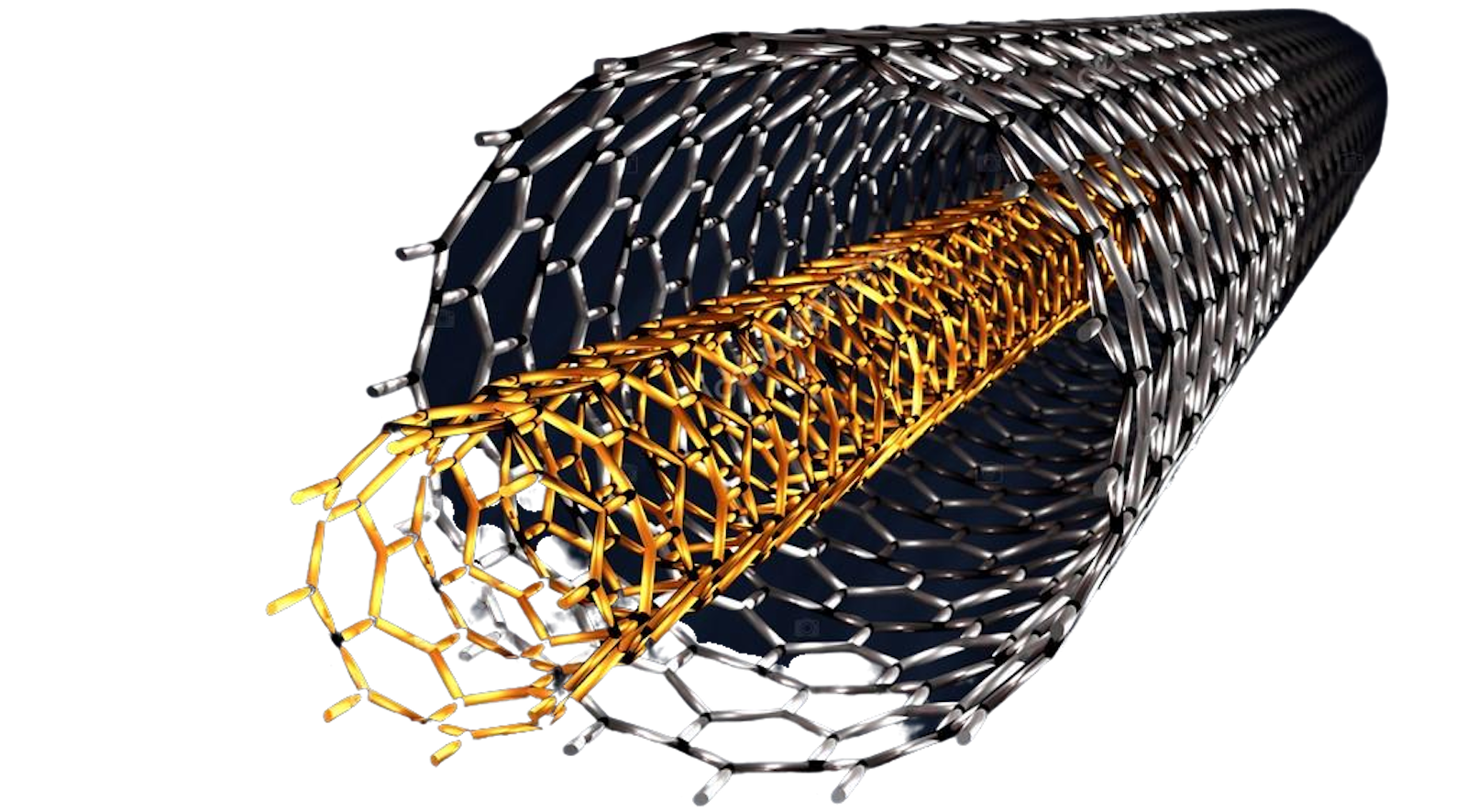“This breakthrough development translates into a remarkable improvement in cell-core energy density, reaching 2,000Wh/L in batteries and approximately 1,700Wh/L in full-size EV batteries – more than double the performance of current state-of-the-art technologies,”
“Sienza’s 3D pure silicon anode has demonstrated an average gravimetric capacity of 2,941 mAh/g,” Professor Gharib said. “This means that for every gram of silicon, our batteries can store 2,941 milliampere-hours of electricity, significantly higher than the industry standard for graphite, with a gravimetric capacity of 372 mAh/g.”
Aside from completely avoiding the cobalt issue, Sienza notes that its manufacturing process does not rely on the solvent-based coating systems deployed for producing conventional lithium-ion batteries. Sienza cites one commonly used solvent in particular, N-methyl-pyrrolidone (NMP).



I appreciate the information and the links. I didn’t mean to imply this isn’t exciting or useful technology, just that when an article is pure hype I come away thinking someone is trying to sell me something, not give me actual information.
I feel the same way when I read these articles. They make it seem like everything is an earth shattering breakthrough when in reality, they’re making a small (albeit worthwhile) contribution towards solving a problem that already has 20 other solutions with other trade-offs.
But I like it when I read about any new battery tech being scaled up do industrial scale, like the article here. That’s the hard part.